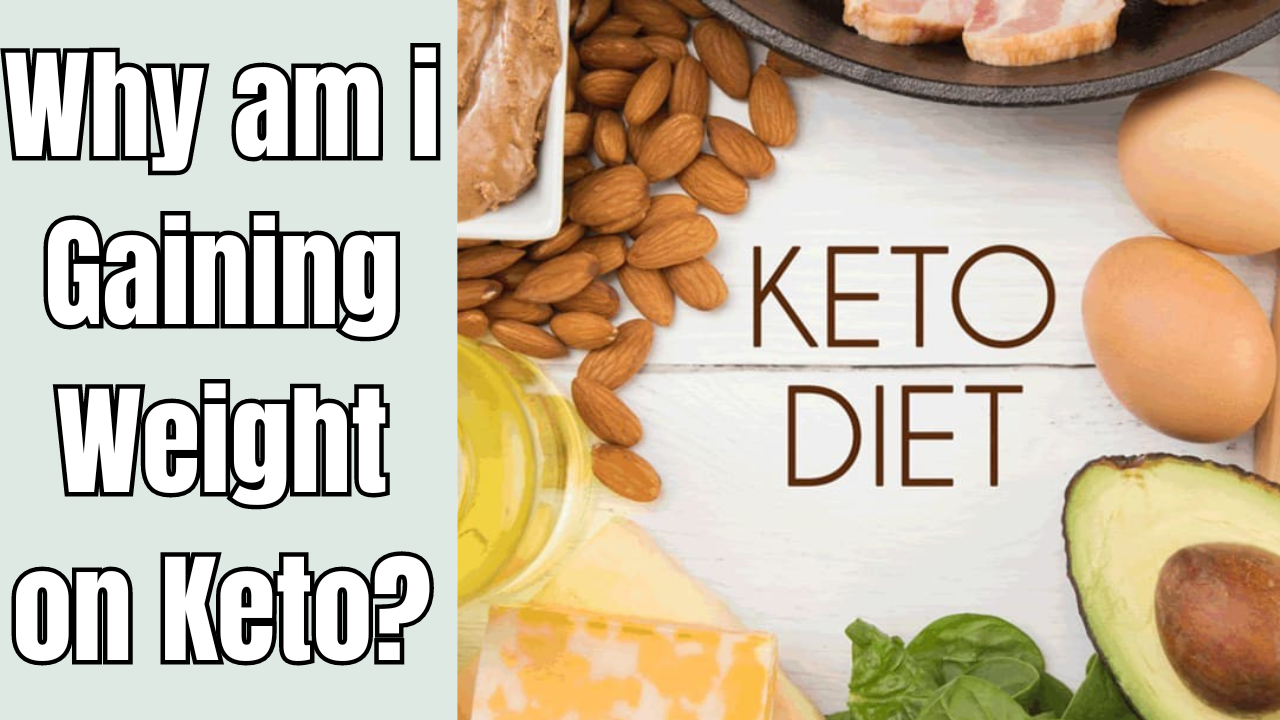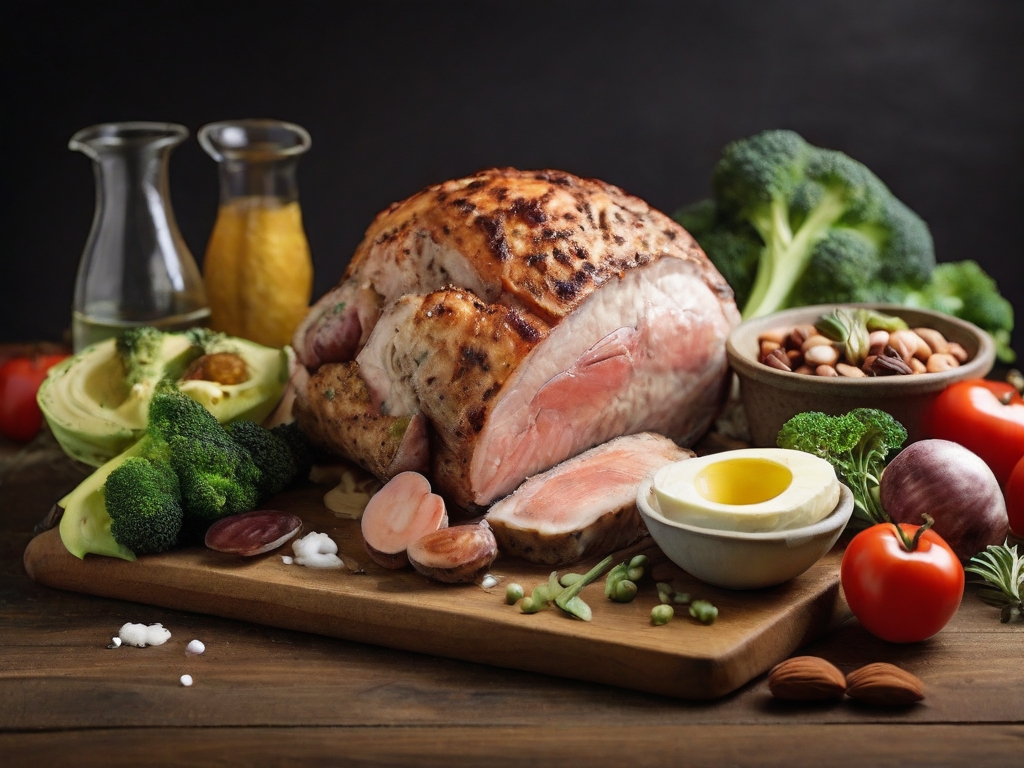Table of Contents
ToggleLow Carbohydrate Die
The synergy between diet and exercise is a well-established principle in health and fitness. One dietary approach that has gained significant popularity in recent years is the low-carbohydrate diet. This nutritional strategy focuses on reducing the intake of carbohydrates while emphasizing the consumption of protein and healthy fats. However, incorporating regular exercise into your routine is essential to maximize the benefits of a low-carbohydrate diet. This article explores the symbiotic relationship between exercise and a low-carbohydrate diet and how combining these elements can amplify your fitness goals.
Are you ready to embark on a transformative journey towards a healthier lifestyle? Say goodbye to the conventional and welcome the wonders of a low-carbohydrate diet. In this comprehensive guide, we’ll delve into the intricacies of this dietary approach, offering insights, tips, and answers to common questions.
| Food Category | Low Carbohydrate Options |
|---|---|
| Proteins | Chicken, Turkey, Beef, Pork, Fish, Eggs |
| Vegetables | Broccoli, Cauliflower, Spinach, Kale, Zucchini |
| Fruits | Berries (Strawberries, Blueberries, Raspberries) |
| Dairy | Cheese, Greek Yogurt, Butter, Heavy Cream |
| Nuts and Seeds | Almonds, Walnuts, Chia Seeds, Flaxseeds |
| Fats and Oils | Olive Oil, Avocado Oil, Coconut Oil |
| Grains and Legumes | Avoid or limit: Bread, Pasta, Rice, Beans |
| Beverages | Water, Herbal Tea, Black Coffee |
| Snacks | Cheese sticks, Pork rinds, Veggie sticks |
| Condiments | Mustard, Mayonnaise, Hot Sauce, Vinegar |
The Low Carbohydrate Diet Unveiled

Picture this: a diet that helps you shed unwanted pounds and boosts your overall well-being. That’s precisely what a low carbohydrate diet promises. By minimizing your intake of carbs, your body enters a state of ketosis, where it becomes a fat-burning machine.
The Science Behind It
Understanding the science behind a low-carbohydrate diet is crucial. Carbohydrates are the body’s primary energy source, but reducing their intake forces the body to burn stored fat for fuel. This metabolic shift not only aids in weight loss but also brings about various health benefits.
Benefits of a Low-Carbohydrate Diet
Let’s explore the myriad advantages of embracing a low-carbohydrate lifestyle:
- Efficient Weight Loss: Witness a significant drop in excess weight.
- Stabilized Blood Sugar Levels: Manage diabetes more effectively.
- Sustained Energy: Bid farewell to energy crashes throughout the day.
- Enhanced Mental Clarity: Experience improved cognitive function.
Getting Started on Your Low Carbohydrate Journey
Foods to Embrace
Elevate your low-carb culinary adventure by incorporating these nutrient-rich options:
- Leafy Greens: Spinach, kale, and lettuce offer essential vitamins and minerals.
- Protein Powerhouses: Lean meats, eggs, and fish boost protein.
- Healthy Fats: Avocados, nuts, and olive oil contribute to a well-rounded diet.
Foods to Limit or Avoid
Navigate the world of low carb with success by minimizing or eliminating these culprits:
- Sugary Snacks: Bid farewell to candies, sodas, and pastries.
- Processed Pitfalls: Reduce consumption of packaged and processed foods.
- Starchy Offenders: Limit intake of potatoes, rice, and bread.
Exercise as a Catalyst for Fat Loss
While a low-carbohydrate diet can initiate the process of fat utilization, incorporating regular exercise acts as a catalyst for this metabolic shift. Engaging in physical activity increases the body’s energy expenditure, creating a greater demand for fuel. Without readily available carbohydrates, the body turns to stored fat as a primary energy source during exercise. This not only aids in weight loss but also contributes to improvements in overall body composition.
Types of Exercise for a Low-Carbohydrate Lifestyle
The type of exercise you choose can significantly impact the effectiveness of your low-carbohydrate journey. Both aerobic and resistance training play crucial roles in maximizing results.
1. Aerobic Exercise:
Running, cycling, and swimming enhance cardiovascular health and promote fat burning. Engaging in aerobic exercise on a low-carbohydrate diet encourages the body to rely on stored fats for sustained energy, increasing endurance and stamina.
2. Resistance Training:
Building and preserving lean muscle mass is integral to long-term success on a low-carbohydrate diet. Resistance training, including weight lifting and bodyweight exercises, stimulates muscle growth and helps maintain a high metabolic rate. This, in turn, supports fat loss and contributes to a toned physique.
3. Timing and Nutrient Considerations
For those following a low-carbohydrate diet, paying attention to the timing of meals and exercise is crucial. A balanced meal with protein and healthy fats before a workout provides sustained energy without relying on carbohydrates. Post-exercise nutrition is equally important, as it helps replenish glycogen stores and supports muscle recovery.
Low carb Fruit & Vegetables List
To keep yourself healthy, try a wide variety of low-carb fruits and veggies. Savor nutrient-dense foods like leafy greens, avocados, and berries; they provide tasty substitutes without sacrificing flavor. This carefully crafted list helps maintain a low-carb diet by supplying vital vitamins and minerals and limiting your consumption of carbohydrates. Enhance your eating experience with a variety of vibrant, healthy options.Here are the list of.

Fruit
1.Watermelon
2. Strawberries
3. Cantaloupe
4. Avocados
5. Honeydew
6. Peaches
Vegetables
1. Cucumbers
2. Iceberg lettuce
3. Celery
4. White mushrooms
5. Spinach
6. Swiss chard
7. Tomatoes
Low Carbohydrate High Protein Diet Plan
This 1,400-calorie, high-protein, low-carb meal plan will help you lose weight quickly.We keep the daily carbohydrate intake in this high-protein, low-carb meal plan to a maximum of 120 grams while still consuming the recommended 30 grams of fiber from fruits and vegetables that are high in fiber, such as robust kale, edamame, and berries. Certain conventional carbohydrates, such as beans and chickpeas, are still included in the plan because they are wholesome foods that you don’t have to completely cut out of your diet to follow a low-carb diet.
How to Meal-Prep Your Week of Meals
| Day | Breakfast | A.M. Snack | Lunch | P.M. Snack | Dinner | Daily Totals |
|---|---|---|---|---|---|---|
| 1 | Egg in a Hole Peppers with Avocado Salsa, Clementines | Blueberries, 20 Almonds | Salmon Salad-Stuffed Avocado | Flourless Banana Chocolate Chip Mini Muffin | White-Bean Sage Gnocchi with Cauliflower, Mixed Greens Salad | 1,382 cal, 69g fat, 32g fiber, 103g carbs, 50g protein, 1,565mg sodium |
| 2 | Flourless Banana Chocolate Chip Mini Muffins, Raspberries, Greek Yogurt | Blackberries | Chicken Satay Bowls with Spicy Peanut Sauce | Edamame, Shrimp Scampi Zoodles, Whole-Wheat Baguette | 1,414 cal, 105g protein, 125g carbs, 33g fiber, 56g fat, 1,811mg sodium | |
| 3 | Flourless Banana Chocolate Chip Mini Muffins, Raspberries, Greek Yogurt | Almonds, Clementines | Chicken Satay Bowls with Spicy Peanut Sauce | Blackberries | Pork Paprikash with Cauliflower “Rice”, Roasted Fresh Green Beans | 1,406 cal, 97g protein, 128g carbs, 43g fiber, 62g fat, 1,307mg sodium |
| 4 | Greek Yogurt with Raspberries, Honey, Chia Seeds | Edamame, Blackberries | Chicken Satay Bowls with Spicy Peanut Sauce | Flourless Banana Chocolate Chip Mini Muffin | Roasted Salmon with Smoky Chickpeas & Greens | 1,407 cal, 111g protein, 114g carbs, 39g fiber, 57g fat, 1,505mg sodium |
| 5 | Low-Carb Bacon & Broccoli Egg Burrito | Raspberries, Almonds | Chicken Satay Bowls with Spicy Peanut Sauce | Hummus, Celery | Vegan Pesto Spaghetti Squash with White Beans | 1,407 cal, 111g protein, 114g carbs, 39g fiber, 57g fat, 1,505mg sodium |
| 6 | Greek Yogurt with Raspberries, Honey, Chia Seeds | Apple, String Cheese | Chicken Satay Bowls with Spicy Peanut Sauce | Raspberries, Almonds | Taco Lettuce Wraps, Pineapple & Avocado Salad | 1,444 cal, 109g protein, 127g carbs, 39g fiber, 49g fat, 1,553mg sodium |
| 7 | Spring Green Frittata, Raspberries | Almonds | Taco Lettuce Wraps, Avocado & Pineapple | Blackberries | Zucchini Lasagna, Whole-Wheat Baguette | 1,405 cal, 84g protein, 113g carbs, 35g fiber, 71g fat, 1,685mg sodium |
Frequently Asked Questions
Q: Can I follow a low-carbohydrate diet without dietary restrictions?
Absolutely! A low-carbohydrate diet is adaptable and can be tailored to accommodate various dietary restrictions. Consult with a healthcare professional for personalized advice.
Q: How quickly can I expect to see results on a low-carbohydrate diet?
Individual results vary, but many experience noticeable changes within the first few weeks. Consistency is key to long-term success.
Q: Are there any side effects of transitioning to a low-carbohydrate diet?
Some individuals may experience temporary side effects such as fatigue or headaches during the initial stages. Staying hydrated and ensuring balanced nutrition can help alleviate these symptoms.
Q: What is a low-carbohydrate diet?
A low-carbohydrate diet is an eating plan that restricts the intake of carbohydrates, emphasizing foods rich in protein, healthy fats, and non-starchy vegetables.
Q: How does a low-carbohydrate diet work for weight loss?
By reducing carbohydrate intake, the body shifts to burning stored fat for energy, leading to weight loss. It also helps control blood sugar levels and insulin response.
Q: What foods are allowed on a low-carbohydrate diet?
Allowed foods typically include lean proteins (meat, fish, eggs), non-starchy vegetables, nuts, seeds, and healthy fats like avocados and olive oil.
Q: Are all carbohydrates bad for you?
No, not all carbohydrates are bad. Low-carb diets focus on reducing refined carbs and sugars while promoting the consumption of complex carbohydrates from whole foods.
Q: Can you follow a low-carb diet if you are vegetarian or vegan?
Yes, a low-carb diet can be adapted for vegetarian or vegan lifestyles by incorporating plant-based proteins, low-carb vegetables, and plant fats.
Q: Is a low-carbohydrate diet safe for everyone?
While generally safe for many, it’s advisable to consult with a healthcare professional, especially for individuals with certain medical conditions, before starting a low-carb diet.
Q: What are common side effects of starting a low-carbohydrate diet?
Initial side effects may include fatigue, dizziness, and irritability, known as the “low-carb flu.” These symptoms usually subside as the body adjusts.
Q: How many carbs should one consume on a low-carbohydrate diet?
There is no one-size-fits-all answer. Carb intake varies, but a typical low-carb diet may limit daily carbs to around 20-50 grams, depending on individual needs and goals.
Q: Can you exercise on a low-carb diet?
Yes, exercise can be part of a low-carb lifestyle. However, it’s important to monitor energy levels and adjust macronutrient intake accordingly for optimal performance.
Q: Are there long-term health risks associated with a low-carbohydrate diet?
Some concerns exist regarding nutrient deficiencies and potential impacts on heart health. Long-term success and safety may depend on the specific approach to the diet and individual health factors. Regular check-ups with healthcare professionals are recommended.








This Post Has One Comment
В жизни все бывает всё ломается даже люди и техника тоже.Если понадобится недорогой и качественный ремонт стиральной машины то обращайтесь рекомендую всем починить стиральную машину